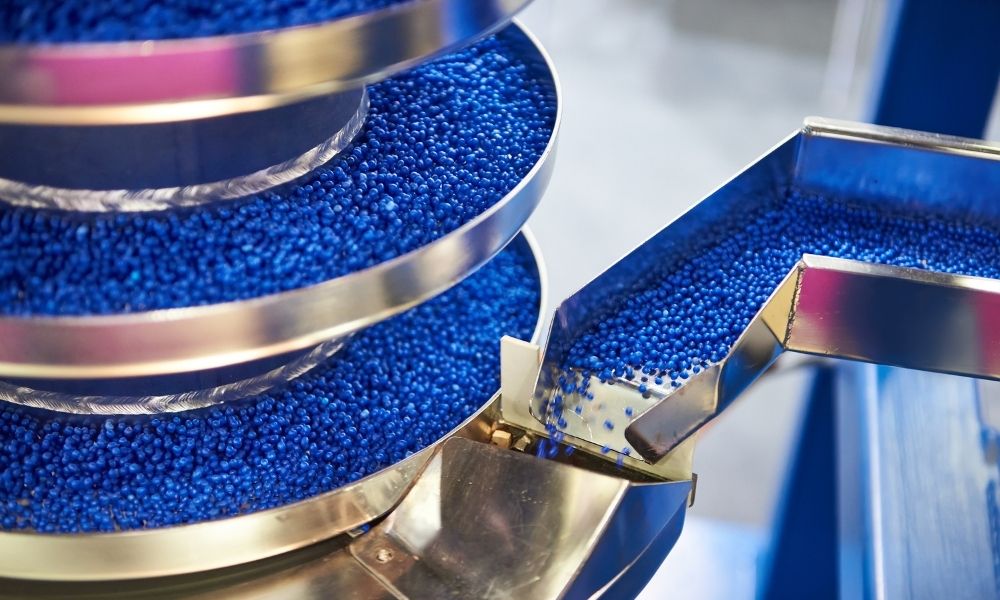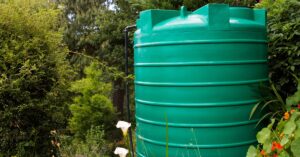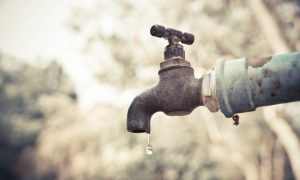A chemical resistance chart can be daunting, but it’s the first place we direct our clients. Before you can move forward with manufacturing, you need to select a material with the best balance of characteristics for your project. But if you want us to cut to the chase for you, we can give you a little cheat sheet: a list of some of the most chemically resistant plastics available. The data on their chemical compatibility is superior in terms of temperature, chemical concentration, exposure period, and mechanical load. Therefore, it’s likely you’ll be considering at least one of these:
Kynar (PVDF)
Outstanding Qualities
- Resistance to heat, bases, acids, and solvents.
- Low melting point (177 degrees Celsius).
- Resistance to ultraviolet rays and other kinds of radiation.
- High piezo-electric and thermal-electric values.
Common Applications
- Architecture. It’s valuable to builders for its resistant to UV degradation and even extreme weather.
- Electronics. It’s flexible, low-weight, and has low thermal conductivity, and is often used as insulation for electrical wires.
- Renewable energy. Because it’s temperature-, moisture-, and chemical-resistant, it’s an obvious choice for solar panels.
PEEK
Outstanding Qualities
- High resistance. This has high resistance among a wide of array of chemicals, even at high temperatures. Only nitric or sulfuric acid can dissolve it.
- Durability. It has good friction and wears well as a hard, stiff, and strong polymer.
- Water resistance. You can expose it to high pressure water and steam, even for long periods.
Common Applications
- Aerospace. It’s a rare plastic that’s compatible with ultra-high vacuum uses.
- Automotive. When PEEK replaces metal parts, cars benefit from weight and noise reduction.
- Food. The U.S Food and Drug Administration has approved it for use in food contact applications.
CPVC
Outstanding Qualities
- Superior mechanical, dielectric, flame, and smoke properties.
- Increased temperature resistance. CPVC has chlorine molecules that PVC doesn’t, which sustains its structural integrity against heat.
- No electrochemical corrosion.
- Long wear even under intensely corrosive conditions.
Common Applications
- Plumbing. It often makes up the infrastructure for drainage and sewage. And because it keeps drinking water pure, it’s in most residences.
- Recreational. You’ll find CPVC involved in many outdoor items such as greenhouses, carports, and raised garden beds.
- HVAC. It’s ideal for ducts that carry fumes, exhaust, and ventilation.
As custom part and plastic tank manufacturers, Miller Plastics knows how important the right material is for each project. If you need guidance on the most chemically resistant plastics, but would rather not have to analyze the chart, contact us for more information.




